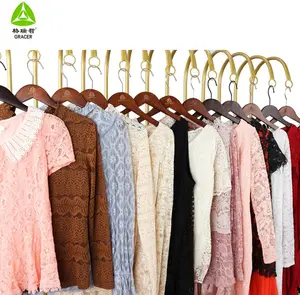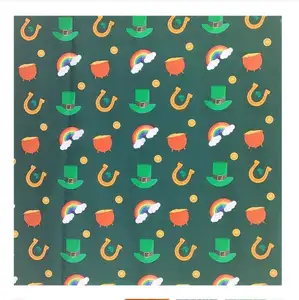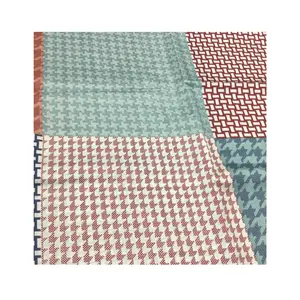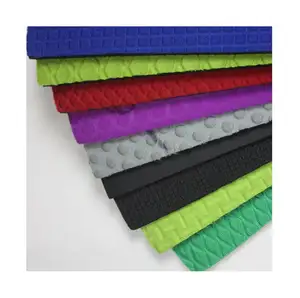
Bulk fabric purchases on Alibaba.com encompass a diverse range of materials suitable for various applications. Among the offerings, buyers can find artistic shirt dress fabrics, characterized by their artistic prints and jacquard weave, ideal for creating unique dresses and shirts. Jacquard RIB fabric, known for its textured patterns, is another option available in bulk, catering to those seeking a distinctive knit appearance.
For a blend of comfort and durability, there is a selection of fabrics combining cotton and polyester, such as the silk velvet fabric with a soft terry texture. This material is particularly suited for garments that require a gentle yet resilient cloth. Additionally, cotton sheeting fabric is offered for multipurpose use, demonstrating the versatility of materials available in bales.
The range extends to specialized textiles, including stocklot fabrics in mixed bales, which provide an economical solution for apparel and garment manufacturing. These stocklots often include woven cotton twills and stretch fabrics, which are particularly popular in the production of trousers and other apparel. For the furnishing industry, there are high-quality cotton fabrics designed for sofa upholstery, showcasing the adaptability of bulk fabric for both fashion and home decor.
Furthermore, the platform features unique designs suitable for bed sheets, and ready-to-use fabrics for cleanroom curtains, highlighting the specialized applications of bulk fabric purchases. These examples illustrate the breadth of fabric types available in bales, catering to a wide array of industry needs.






































 浙公网安备 33010002000092号
浙公网安备 33010002000092号 浙B2-20120091-4
浙B2-20120091-4